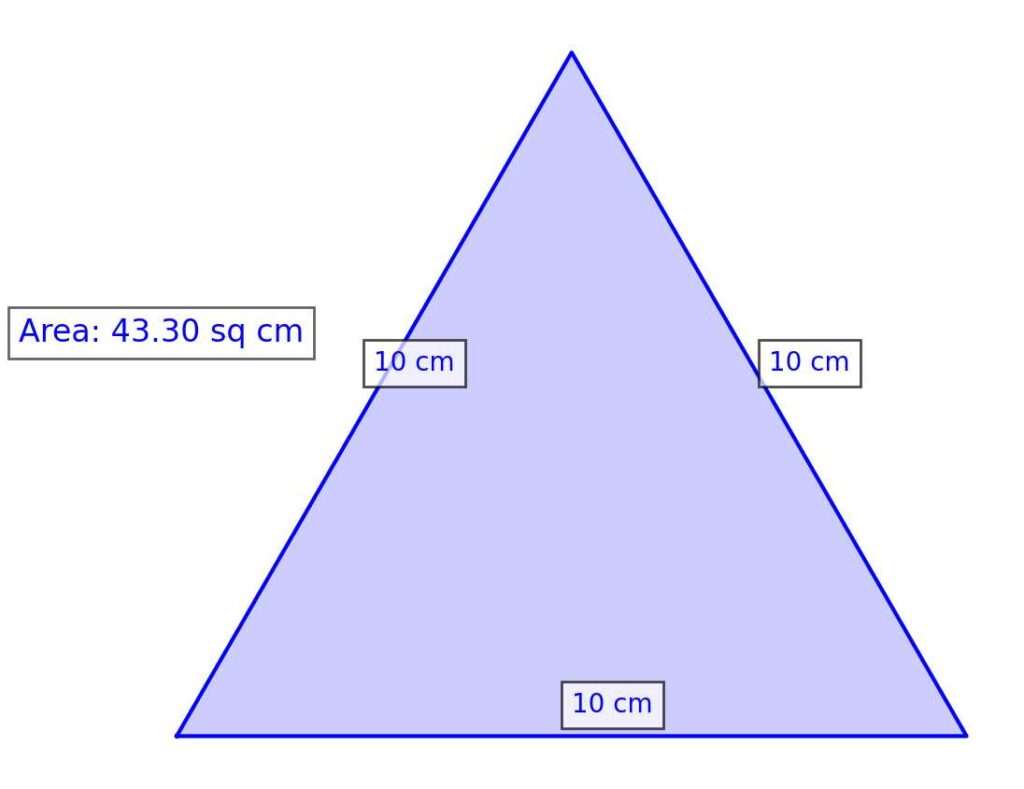Most Business Owners Use AI to Speed Things Up—Summarizing Content or Writing Emails. But What if You Flipped the Script? This Article Shows How You Can Use AI Not Just to Get Answers, But to Explore Ideas, Challenge Assumptions, and Become More Creative Through One-On-One Collaboration. The post Stop Using AI Like a Tool—Start Collaborating With It Like a Business Mentor first appeared on SteveBizBlog.
Most people turn to AI for speed. They feed it an article and ask for a summary. Others use it to draft emails, create outlines, or make AI do all the research for a given topic. And sure, that’s useful—especially if your goal is efficiency or surface-level understanding. But if your goal is truly to learn something new or internalize a concept, this approach barely scratches the surface of what AI can offer. I often reverse the dynamic entirely and have AI ask me the questions. That shift turns passive use into an active, personalized learning experience.
In my own entrepreneurial journey, I’ve discovered a much deeper, richer way to collaborate with AI tools like ChatGPT. It’s a shift that has transformed how I learn, prepare, create, and solve problems—and it’s something every business owner should consider.
Most People Compress
Every morning around 6 a.m., coffee in hand, I settle in with my iPad and read about current events and business trends—articles that highlight shifts in the market or broader economic landscape. Then, I head out on a walk with my dog while listening to a business audiobook. Walking helps get my brain moving, and it’s the combination of reading and listening that often stimulates new ideas or raises questions I want to explore further. These two simple rituals—reading and listening—often spark an idea or theory I want to unpack more deeply when I’m back at my desk.
When I finally sit down at my office, I don’t ask AI to summarize what I just read or heard. Instead, I talk it out. I initiate voice mode and dive into a conversation with ChatGPT. I’ll say something like, “Here’s what I just learned—help me unpack it.” We explore the idea together, asking why, how, and what-if questions. The goal isn’t speed, it’s depth. I don’t want shortcuts. I want insight.
Rather than treating AI as a digital research assistant, I treat it like a seasoned tutor or even a brainstorming partner. I use it to pressure-test my assumptions, simulate real-world conversations, and stretch my thinking.
Why This Works: The Tutor vs. the Teacher
Most formal education systems are based on a one-to-many structure: one teacher lecturing to a room full of students. This is very similar to marketing. It’s broad, passive, and generalized.
However, real learning—the kind that is lasting, personalized, and growth-oriented—takes place in a one-on-one setting. Think of a tutor: someone who adjusts to your pace, asks the right questions, and helps you close the gap between knowing and understanding. It’s a lot like sales, which is also one-on-one and tailored to the other person’s needs. Just as a salesperson listens and adapts to each prospect, learning with AI becomes more effective when it’s a dynamic, responsive exchange.
That’s how I use AI. Not as a task executor, but as a sounding board for my ideas. Not as a researcher to provide curated answers, but as an expert to help me explore a topic in greater detail.
NOTE: In fact, I created a virtual board of directors made up of business thinkers and authors I deeply admire—people like Charlie Munger, Richard Feynman, Michael Gerber, Donald Miller, Seth Godin, and Dan Ariely, to name a few. Using ChatGPT, I generated a brief bio and summarized the values of each “board member.” I saved this information and uploaded it into a dedicated ChatGPT Project titled “Board of Directors.”
Next, I used ChatGPT to help refine the project’s instructions so it could simulate the perspectives of each member. Now, whenever I’m facing a key decision, I run it by my virtual board. I often receive unique insights from one or two members, and if something resonates, I’ll engage this member as a tutor to further explore their idea.
How to Use AI as a Creative Collaborator
At the heart of this process is a mindset grounded in first-principles thinking. Instead of relying on predefined frameworks or surface-level insights, I use AI to help break down ideas into their core components—questioning assumptions, stripping away jargon, and rebuilding understanding from the ground up. This not only improves clarity but also fuels true creativity and problem-solving.
Here are a few ways I work with AI every day—not just use it:
1. Deep Dives, Not Summaries
Instead of asking for bullet points, I challenge ChatGPT to expand on an idea. We explore edge cases, analogies, and real-world applications. I might say, “What are the second-order consequences of this decision?” or “What assumptions am I making that could be wrong?”
2. Reverse the Questions
Sometimes, I flip the roles. Once I think I have a good understanding of a concept after a bit of a discussion with ChatGPT, I’ll say:
“As an expert in this topic, quiz me. Ask probing questions one at a time to test my real understanding.”
The questions force me to articulate what I know—and often, what I don’t. Gaps reveal themselves, leading to a deeper and more nuanced understanding.
3. Creative Role-Playing
If I have an important meeting or phone call—maybe with a bank, investor, potential sponsor, or a small business client—I set up a simulated conversation. After I give ChatGPT the background about the event, my goal, and the person, I say, “Act as this person and ask me the types of questions they might ask.” I respond in real time and then ask for feedback or critiques on my answers.
This kind of drill work is invaluable for sales conversations, job interviews, employee reviews, or investor pitches.
4. Triggering New Ideas Through Familiar Questions
Even when I know a topic cold, I sometimes ask basic questions—just to see what angle AI might take. It’s not about the answer; it’s about the discovery. The unexpected phrasing or framing of the answers can spark new ideas I hadn’t considered.
5. Pushing Past the First Answer
Creativity often lives on the other side of the obvious. When AI provides an initial response, I don’t always accept it at face value. I push:
“What’s a less conventional take?”
“Give me three analogies.”
“How would a business mentor approach this?”
The point is to extend the conversation, not end it.
A Mindset Shift: From User to Collaborator
The key takeaway? Don’t treat AI like a vending machine—inserting a prompt and getting a snack-sized answer. Instead, treat it like a partner. A co-thinker. A second brain that helps you explore, reflect, and create.
You’re not using AI. You’re working with it. And when you do, you don’t just get faster. You get better—smarter, more prepared, and more creative.
How could your business thinking evolve if you used AI not to simplify your ideas, but to stretch them?
The post Stop Using AI Like a Tool—Start Collaborating With It Like a Business Mentor first appeared on SteveBizBlog.












